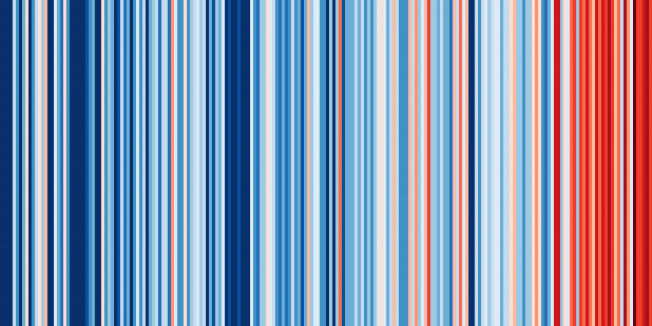Seamless Climate Information for climate extremes through merging of forecasts across seasonal to multi-annual timescales
Copernicus Publications (2025)
Verification of weather variables linked to Dengue incidence inthe sub‐seasonal scale in Vietnam
Copernicus Publications (2025)
Impact of the equatorial Atlantic on ENSO prediction in SEAS5-20C re-forecast
Copernicus Publications (2025)
Representation of tropical and extratropical trends in ECMWF seasonal hindcasts
Copernicus Publications (2025)
Intermittency of seasonal forecast skill for the wintertime North Atlantic Oscillation and East Atlantic Pattern
Copernicus Publications (2025)



